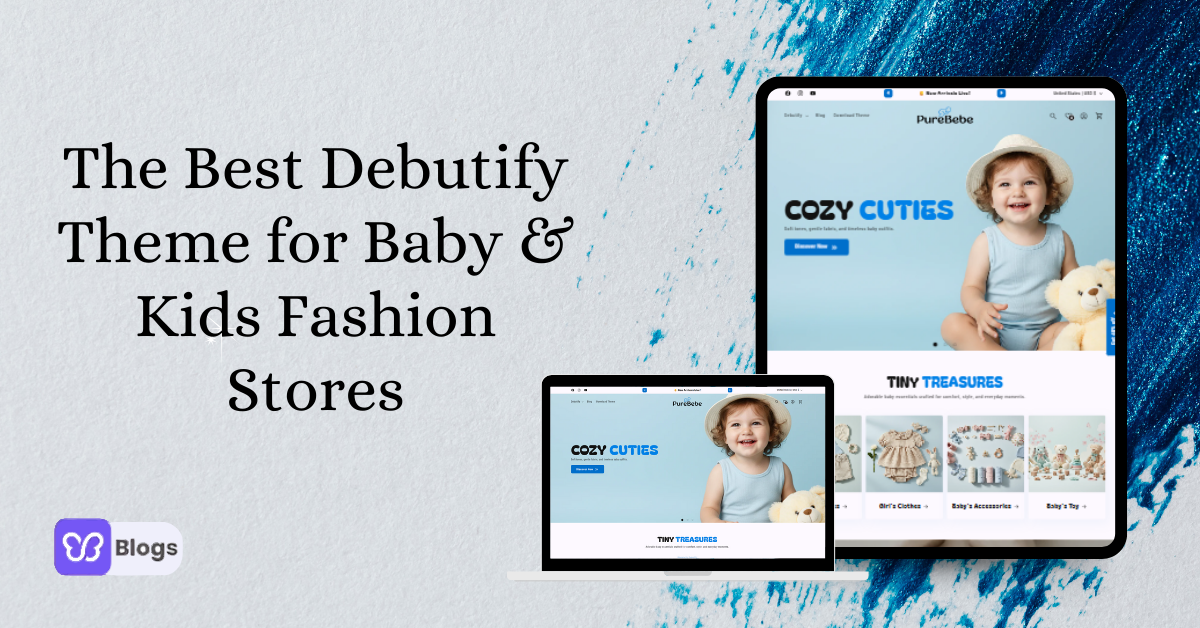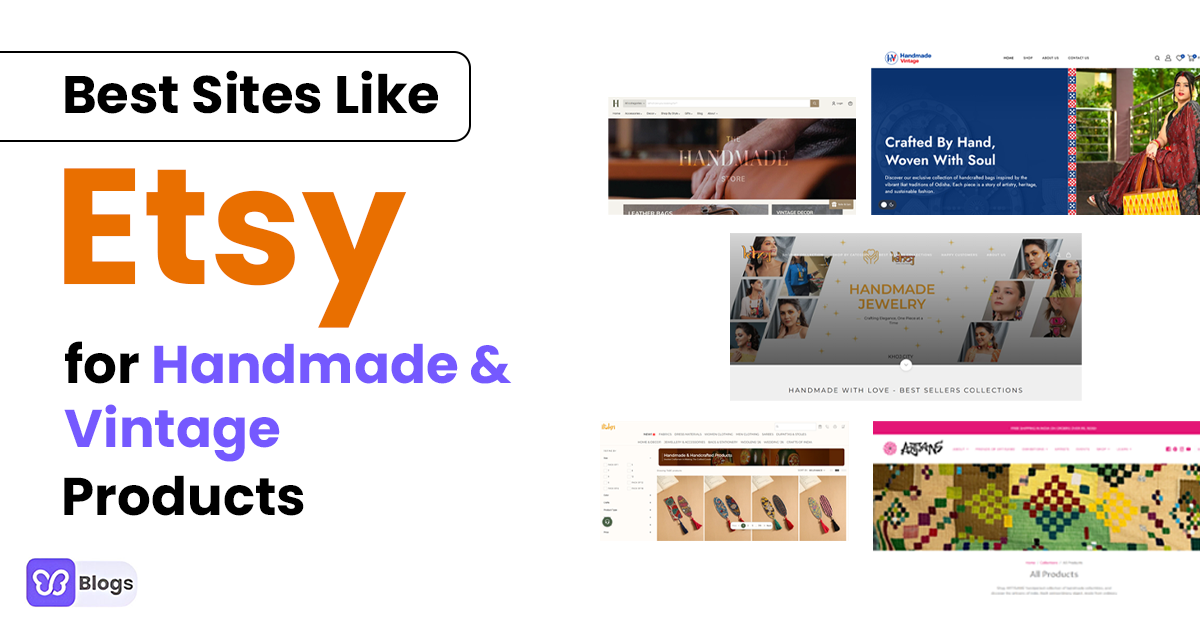I have an eye exercise for you:
Which of these things is not like the other?

Did you manage to find the odd one out? Good!
So, did you immediately spot Snoop Dogg?
Or did you have to look at each one before you found him?
Similarly, your lead qualification process is like looking for the odd man out.
Let's be honest.
Finding a qualified lead is like looking for a needle in a haystack — it's tedious and laborious!
In fact, a total of 46% of B2B sales reps cite lead quantity and quality as their biggest challenge.
Even more so, 67% of lost sales are because of not properly qualifying potential customers!
That's a number you shouldn't ignore.
But here's good news...
In today's blog post, I'm going to let you in five lead qualification techniques. These techniques will focus more on quality over quantity leads.
But before we go through the strategies, we need to clearly define what lead qualification is. And why it matters.
Sounds good?
Let's dive in.
What Is Lead Qualification?
Lead qualification is the process of identifying which potential customers are most likely to purchase from your business.
It's also an essential part of your lead generation process. Lead qualification is between email list building and actually selling.
Qualifying leads also involves several steps. Just take a look at the lead qualification process flowchart.
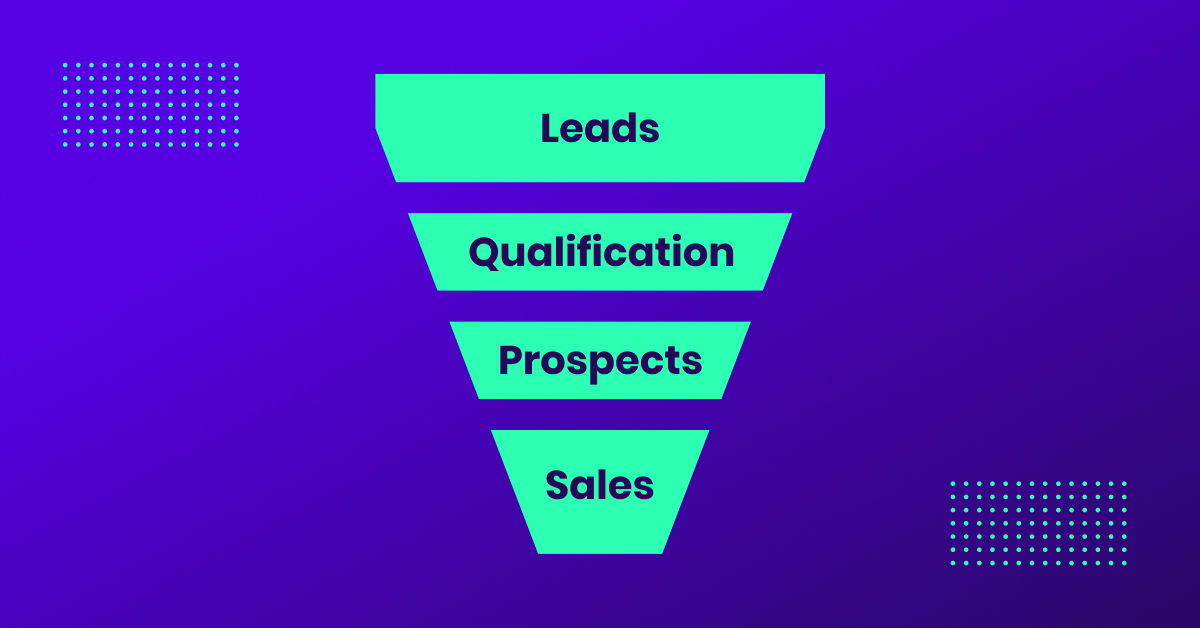
Let's start from the top of the sales funnel.
So what are the two types of leads?
Well, there are marketing qualified leads (MQLs). These are people who expressed their interest in your product. However, they might not be ready to buy yet. That's why they are only qualified for more marketing.
The second type is sales-qualified leads (SQLs). They also showed their interest but are more highly likely to buy.
You see, qualified leads have the greatest likelihood of becoming prospects. And finally, that converts into sales.
But sometimes, prospects can become unqualified for a variety of reasons. They may not be ready to buy. Or your product may be out of their budget.
A lead identification framework is necessary to avoid wasting time and money on unqualified leads.
Identify Your Lead Qualification Parameters
Knowing who your prospects are and their persona is crucial during lead qualification. There are numerous lead qualification frameworks out there. But the go-to method is BANT.
IBM created the BANT to immediately identify leads most likely to purchase. It focuses on four attributes.
Consider this as your lead qualification checklist.
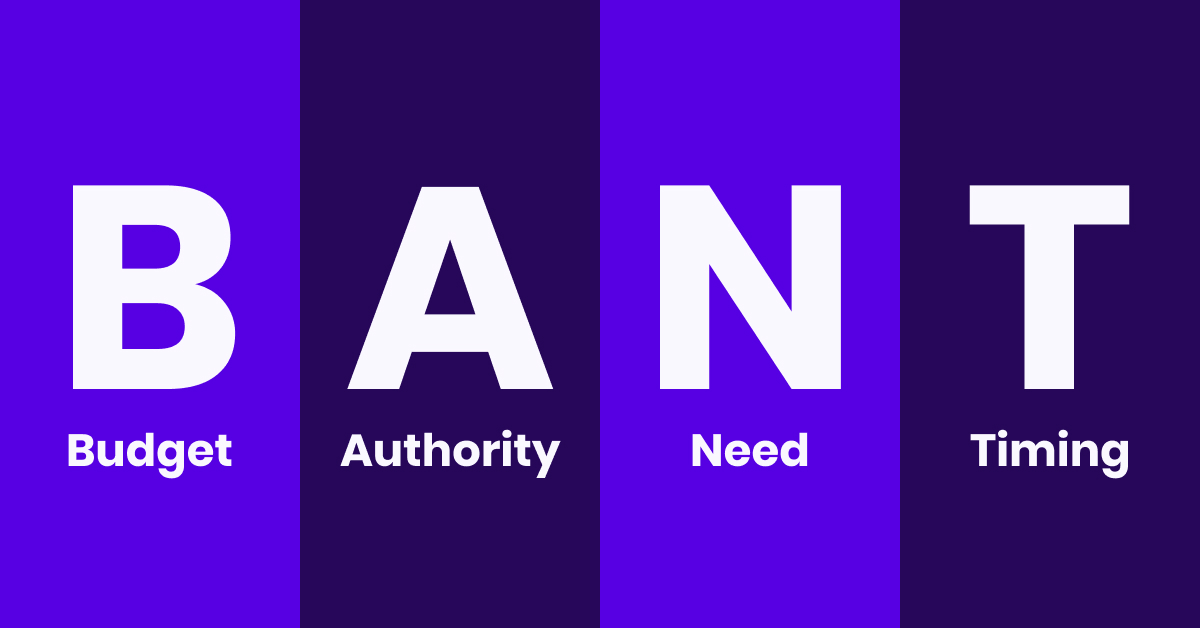
- Budget: Does your prospect have the money to purchase your product?
- Authority: Are they the only decision-maker when purchasing?
- Need: What are their immediate pain points?
- Timing: When are they looking to make a purchase?
I know, the complex process just seems like it's not worth the trouble. But trust me, qualifying leads should be your foremost priority during lead generation.
Here are some reasons why you should qualify leads.
What Are The Importance Of Lead Qualification?

Doesn't business generally hold the concept of "the more, the merrier?"
In this case, no.
Because we are looking for quality over quantity of leads. How so?
Take a look at it this way. A hundred people clicked on your ads. And you decide to follow up on each of them. That takes a LOT of time.
And as an eCommerce brand owner, your time is incredibly valuable. Weeding out bad leads will save you a lot of time. Use your time wisely. Focus on people who are most likely to convert instead.
Plus, it will also save you money.
For instance, your paid ads are gaining tons of hits. But you're not getting conversions from them. That way, you're not really saving any money. You're spending it on unqualified traffic instead.
And that means you're robbing yourself of a higher conversion rate.
But no more!
Let me show you five strategies to enhance your lead qualification.
5 Easy Lead Qualification Techniques
1. Ask more qualifying questions in your form.
We've all filled out a form online, one way or another. Do you ever just give up in the middle of it? Especially when there's a lot of questions involved.
Here's a secret: Companies don't do this just to put you off.
In fact, the more effort a prospect puts into the questions, the more likely they'll stick to the bottom end of your sales funnel.
So, start off with the basics. That's their name, email address, their work, etc.
Then, to better qualify your audience, create custom questions that can answer the BANT method.
If you want to dive even deeper into the lead's details, you can put in questions from these methods, too:
- CHAMP: Challenges, Authority, Money, and Prioritization
- MEDDIC: Metrics, Economic Buyer, Decision criteria, Decision process, Identify pain, Champion)
- GPCTBA/C&I: Goals, Plans, Challenges, Timeline, Budget, Authority, Negative Consequences, and Positive Implications
Thankfully, ad channels offer lead forms where you can ask more questions.
For example, you can create your own questions for Facebook lead ad forms. Your audience can type in their response. They can also either choose from a list of choices or a conditional answer.
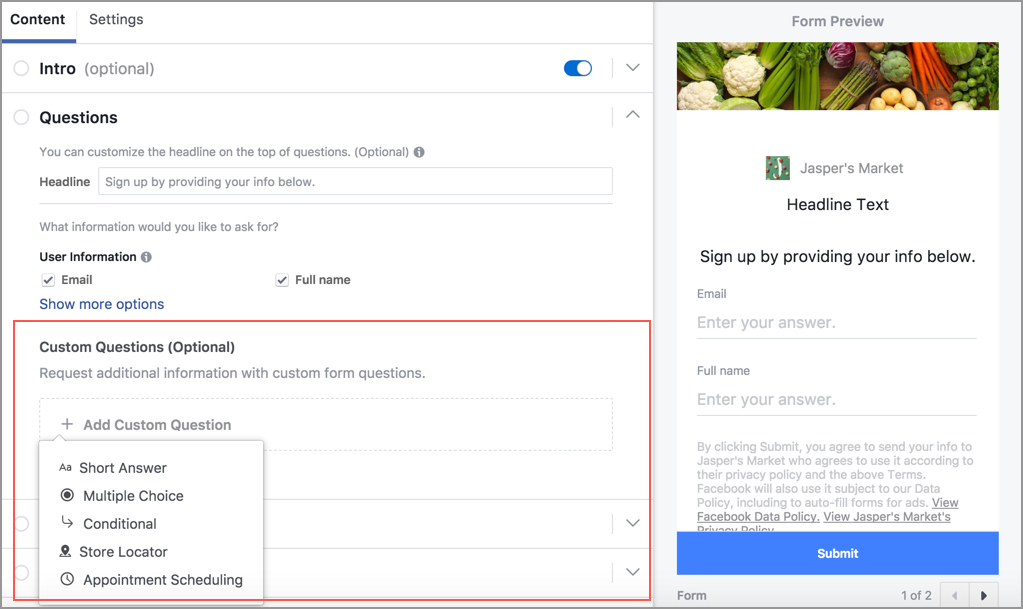
(source)
You can also put in additional questions in your Google lead ad. You cannot customize them, but you can still add more qualifying questions.
After inputting your questions, make sure to...
2. Establish A Clear Price Point
Suppose you're browsing a company's website. You're becoming increasingly excited about their products.
But your excitement drops when you see their price point. It's out of your budget. So, you forget all about them.
Simply put, you want to reach out to your customers who can afford your product or service. Users who don't have the budget will likely not click on your ad.

Notice how it gives you different price points. It also sets your expectations early about what your money can achieve.
Now that you're done with the quantity part of your ads, go on and...
3. Focus On Quality On Your Lead Forms
Google and Facebook let you optimize your lead forms. How, you ask?
The lead form type settings will give you two options.
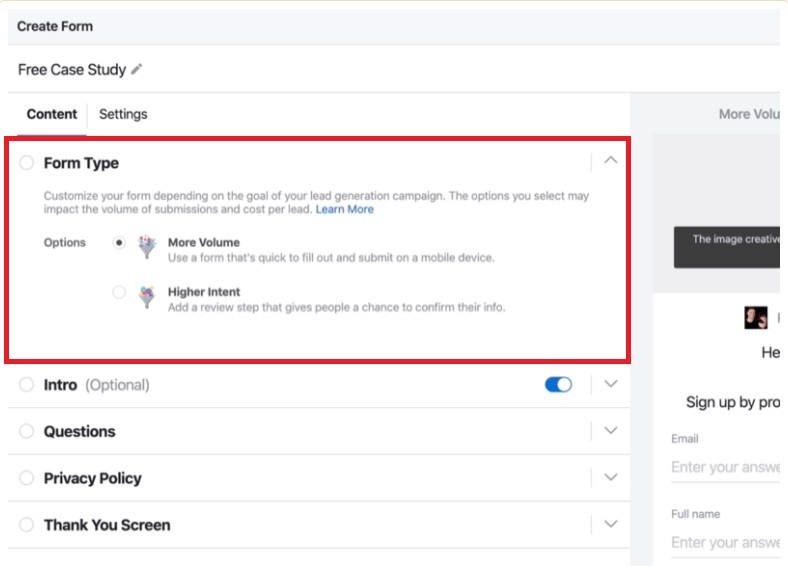
(source)
First, you can optimize it for "more volume." The forms are quick to fill out. However, it may also result in leads with lower intent (according to Google itself).
Second, you have the option for a "more qualified" or "higher intent" type of lead form.
Sure, you can choose the first type to reach more users. It's also the default selection for both channels.
But when you only receive unqualified leads, it's time to consider changing your optimization settings.
If you like, you can create two different forms. Create one with a "more volume" type. The other one will focus on "more qualified."
Check to see which one gets a better-qualified lead.
Now that you've optimized your form, don't be afraid to...
4. Be Blunt In Your Ad Copy
So, how do you tell users that they are not the customers you are searching for?
The best way to do it is straightforward.
Here's how you do it. Use specific words in your ads so unqualified users won't click on your ad.
Yes, your click-through rate will be lower. Nevertheless, the leads you'll gain will be more likely to convert into customers.
For example, Debutify posts images like the one below on Facebook.

Do you notice how it calls for a specific type of user? The post calls for ecommerce business owners who want to grow their businesses.
The copy itself pre-qualifies the leads from other users.
Similarly, if there's an aspect about a prospect that instantly disqualifies them, don't be afraid to say it.
It's going to save you time and resources in the long run.
And for my final (but not least) point...
5. Add an FAQ Section to your Website
Picture this: You stumble upon a beautiful online store. As you go through it, your head gets filled with unanswered questions.
"What payment methods do they offer?"
"What is their return policy?"
"Do they have an available customer service?"
"How do I track my order?"
A Frequently Asked Section page will answer all their concerns in an instant.
Plus, it will also save you some time. You don't have to personally answer their questions since it's all laid out there.
Your prospects are pretty far in the sales funnel at this point. The FAQ's job is to erase any doubts they have. And to also convince them to push through 'till the end.
So, what are you waiting for?
Apply The New Generation Of Lead Generation
And there you have it! Five latest techniques for qualifying leads — filter out the unfit ones and gain the best prospects.
The best prospects will then convert into certified customers.
But wait a second. Do you know what else can put off your qualified leads?
A slow, unattractive ecommerce store.
If your ecommerce website is not serviceable, then all your hard work will go down the drain.
And you lose that sweet, sweet qualified lead!
Thankfully, Debutify Theme has got your back.
Debutify is not your regular ecommerce theme.
What makes it stand out?
It's also your Profit Optimization Partner. With over 50+ Add-Ons, it optimizes beyond your store's "look." It also improves your conversions, AOV, and profits.
Join over 371, 957+ smart brand owners who switched to Debutify!
Generate More Qualified Leads With Debutify — Today!
14-Day Free Trial. No Code. No Credit Card Required


